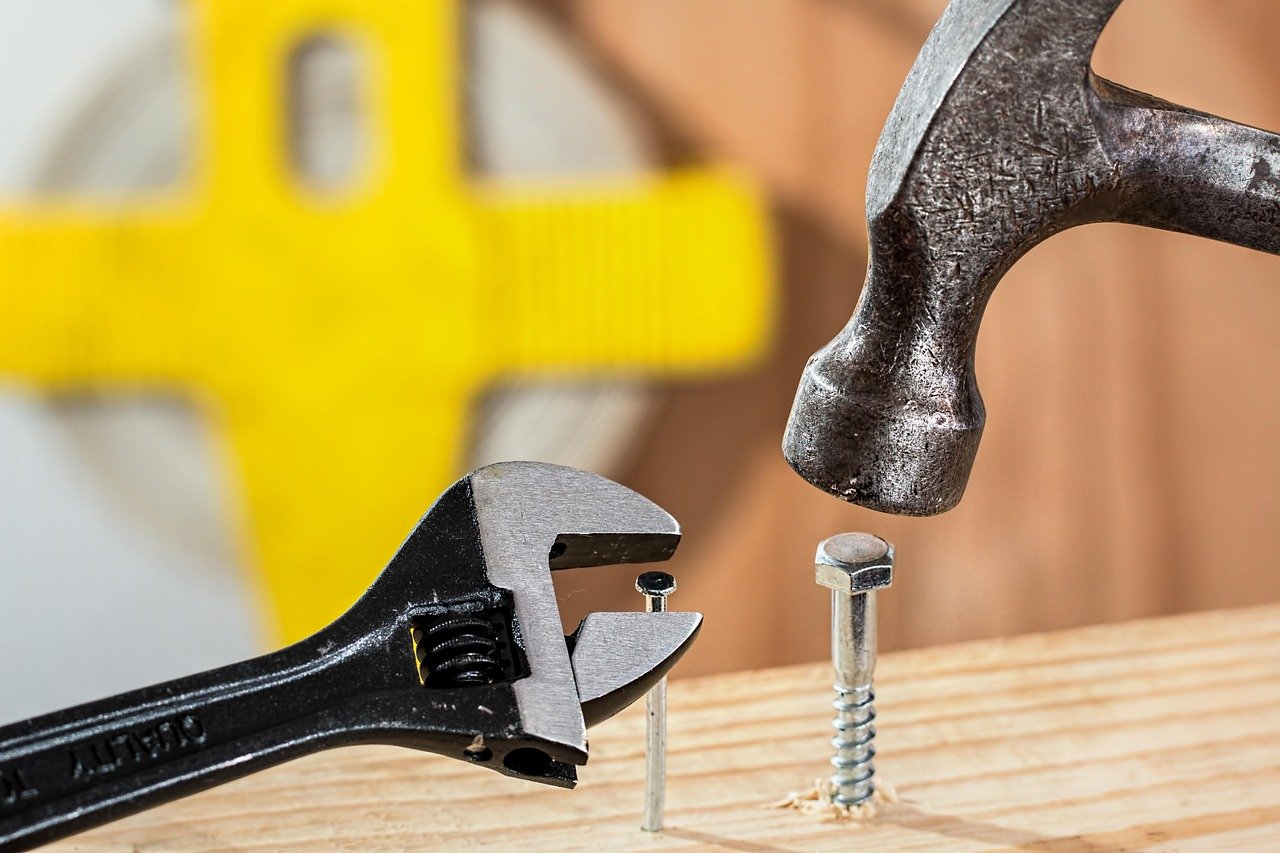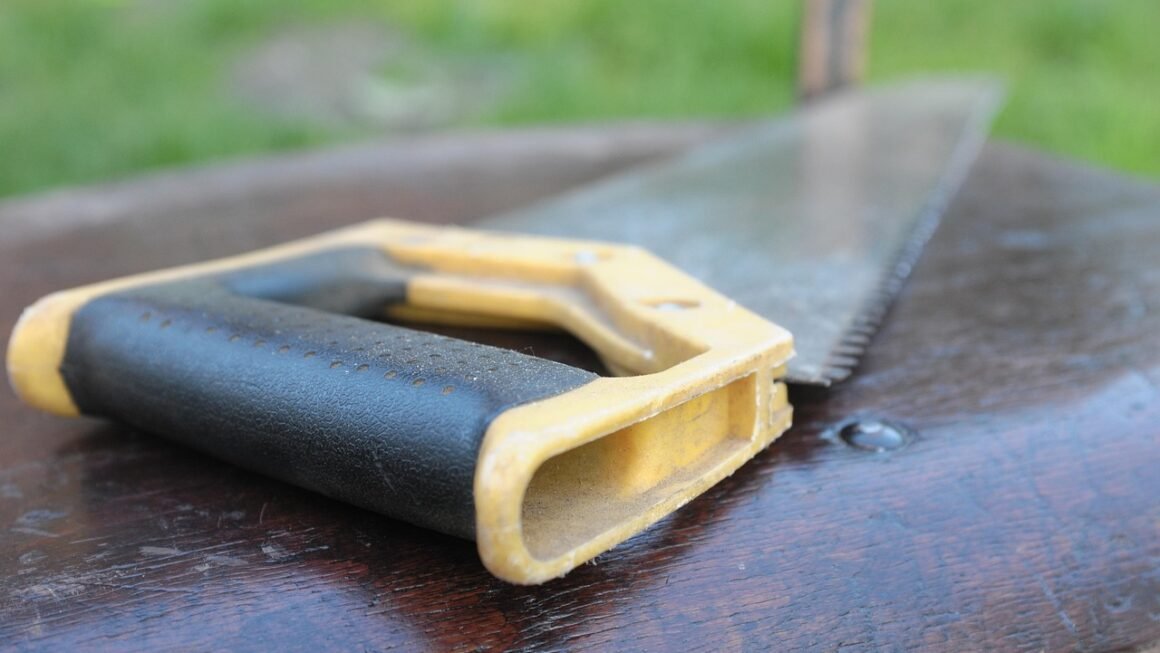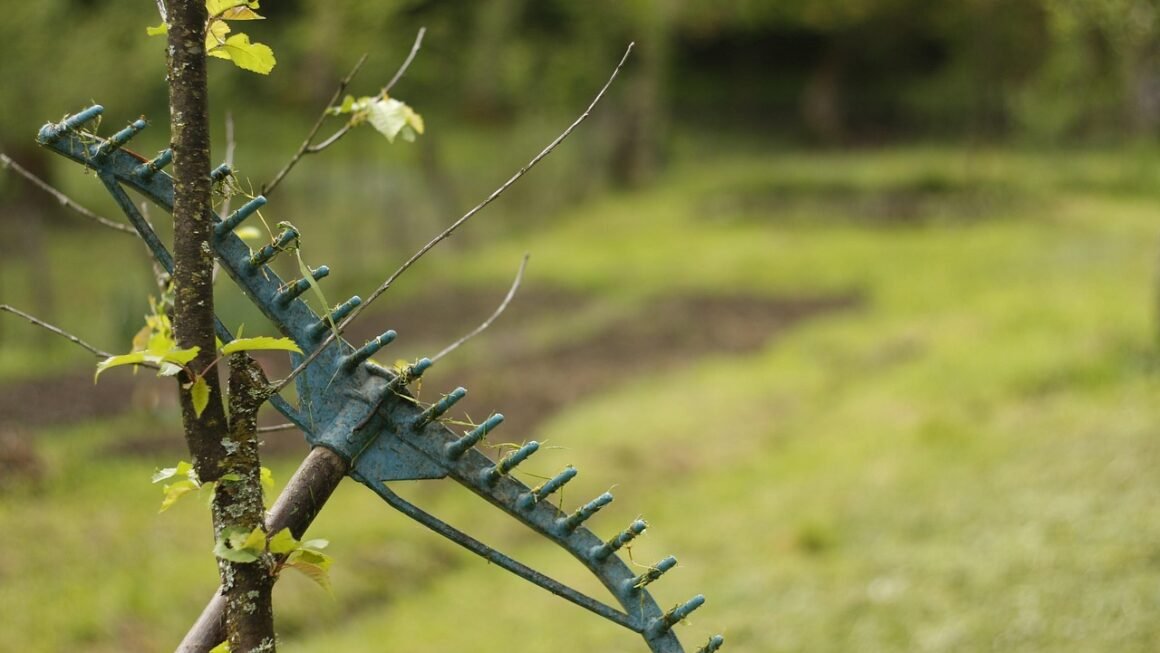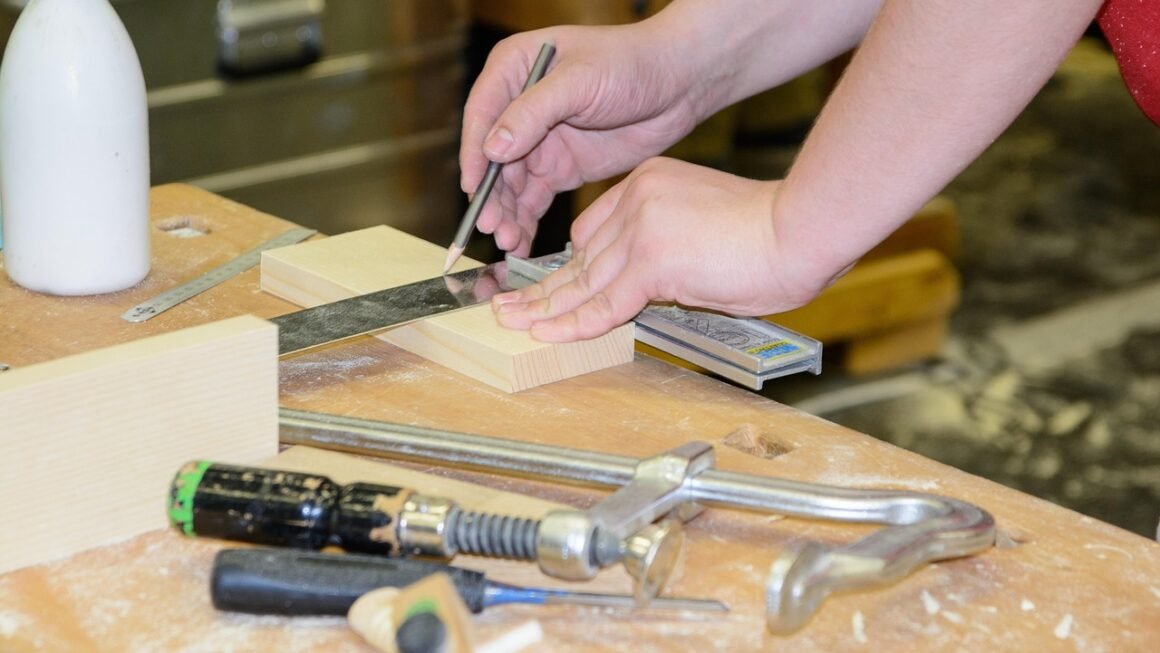A hand dibber, often a humble-looking tool, holds surprising power in the garden. This simple implement is more than just a pointed stick; it’s a precision instrument that can significantly improve seed starting and transplanting success. Whether you’re a seasoned gardener or just starting out, understanding the benefits and proper use of a hand dibber can elevate your gardening game. Let’s delve into the world of hand dibbers and discover how they can help you cultivate a thriving garden.
What is a Hand Dibber?
Defining the Dibber
A hand dibber, also sometimes called a dibble or dibber tool, is a pointed tool, typically made of wood, metal, or plastic, used to create evenly spaced planting holes in soil. Its primary purpose is to ensure consistent planting depth and spacing, leading to healthier and more uniform plant growth.
Common Materials
Dibbers come in a variety of materials, each offering its own advantages:
- Wood: Traditional and often aesthetically pleasing. Wooden dibbers can be susceptible to moisture damage over time, but with proper care, they can last for many years.
- Metal: Durable and long-lasting. Metal dibbers, especially those made from stainless steel, are resistant to rust and corrosion.
- Plastic: Lightweight and often inexpensive. Plastic dibbers are a practical option for beginners or for those who need a durable, easy-to-clean tool.
Shapes and Sizes
Hand dibbers are available in different shapes and sizes to accommodate various planting needs. Some common types include:
- Conical Dibbers: Tapered shape, ideal for creating holes for small seeds and seedlings.
- T-Handle Dibbers: Features a T-shaped handle for a comfortable and secure grip, allowing for greater force when planting in harder soil.
- Adjustable Dibbers: Some models feature adjustable depth gauges, allowing for precise control over planting depth.
Benefits of Using a Hand Dibber
Precise Planting Depth
One of the key benefits of using a hand dibber is the ability to create consistent planting depths. This is crucial for proper seed germination and seedling establishment. Planting too deep can prevent seeds from germinating, while planting too shallow can lead to desiccation.
Example: When planting lettuce seeds, which require shallow planting depths (around 1/4 inch), a dibber allows you to create perfectly sized holes, ensuring optimal germination rates.
Uniform Spacing
A dibber helps create evenly spaced planting holes, promoting healthy competition among plants for resources like sunlight, water, and nutrients. Consistent spacing also contributes to a more aesthetically pleasing garden.
Example: When planting onion sets, using a dibber to create evenly spaced holes (typically 4-6 inches apart) allows for optimal bulb development and prevents overcrowding.
Minimizing Root Disturbance
When transplanting seedlings, a dibber can help create a perfectly sized hole, minimizing disturbance to the delicate root system. This reduces transplant shock and promotes faster establishment of the plant.
Example: When transplanting tomato seedlings, a dibber allows you to create a hole just large enough to accommodate the root ball, reducing root damage and promoting healthy growth.
Improved Efficiency
Using a dibber can significantly speed up the planting process, especially when planting large quantities of seeds or seedlings. It’s more efficient than using your fingers or a trowel for creating individual planting holes.
How to Use a Hand Dibber
Preparing the Soil
Before using a hand dibber, ensure that the soil is properly prepared. The soil should be loose, well-drained, and free of large clumps or rocks. Amend the soil with compost or other organic matter to improve its fertility and structure.
Creating Planting Holes
To create a planting hole, simply press the pointed end of the dibber into the soil to the desired depth. Use the depth markings on the dibber (if available) as a guide. Wiggle the dibber slightly to create a wider hole if necessary.
Planting Seeds or Seedlings
Carefully place the seed or seedling into the planting hole. Gently backfill the hole with soil, ensuring that the seed or seedling is properly covered. Water gently to settle the soil and provide moisture for germination or root establishment.
Tip: For small seeds, consider using a seed dispenser along with the dibber for even greater efficiency.
Adjusting for Soil Type
The technique for using a dibber may vary slightly depending on the soil type:
- Loose Soil: Use a gentle touch to avoid over-compacting the soil.
- Compacted Soil: Apply more pressure to create the planting hole. Consider using a T-handle dibber for added leverage.
- Clay Soil: Amend the soil with organic matter to improve drainage and make it easier to work with.
Choosing the Right Hand Dibber
Consider the Material
Select a material that suits your needs and preferences. Wooden dibbers are classic and offer a comfortable grip, while metal and plastic dibbers are more durable and easier to clean.
Evaluate the Size and Shape
Choose a dibber that is appropriately sized for the types of seeds or seedlings you will be planting. Conical dibbers are ideal for small seeds, while larger dibbers are better suited for transplanting seedlings.
Look for Depth Markings
Dibbers with depth markings can help ensure consistent planting depths. These markings are especially useful when planting seeds that require specific planting depths.
Consider the Handle
A comfortable handle is essential for prolonged use. T-handle dibbers offer a secure grip and allow for greater force when planting in harder soil. Ergonomic handles can reduce hand fatigue.
Hand Dibber Maintenance
Cleaning
After each use, clean your hand dibber to remove soil and debris. Use a brush or cloth to wipe down the dibber. For metal dibbers, consider applying a thin coat of oil to prevent rust.
Storage
Store your hand dibber in a dry place to prevent moisture damage. If storing a wooden dibber, consider applying a wood preservative to protect it from rot and decay.
Sharpening
Over time, the tip of a metal dibber may become dull. Use a file or sharpening stone to restore the point. A sharp tip makes it easier to create planting holes.
Conclusion
A hand dibber is a valuable tool for any gardener looking to improve planting efficiency, consistency, and overall plant health. By understanding the benefits of using a hand dibber and choosing the right tool for your needs, you can take your gardening skills to the next level. From ensuring precise planting depths to creating evenly spaced rows, this simple tool can make a significant difference in the success of your garden. So, embrace the humble hand dibber and cultivate a flourishing garden filled with healthy, vibrant plants.




